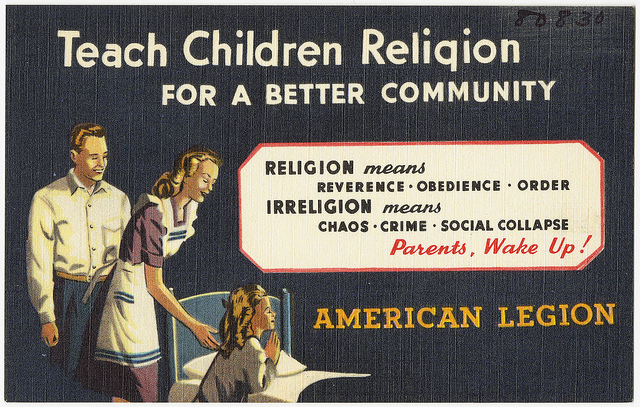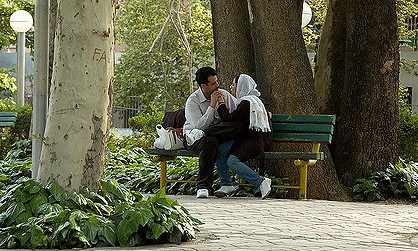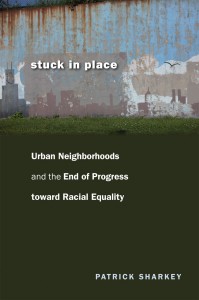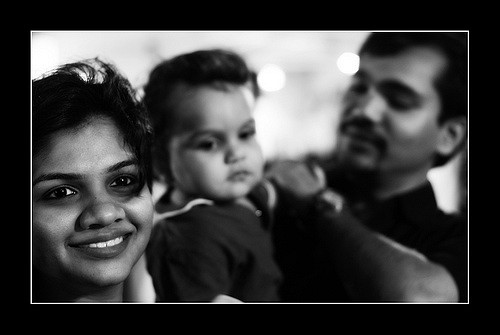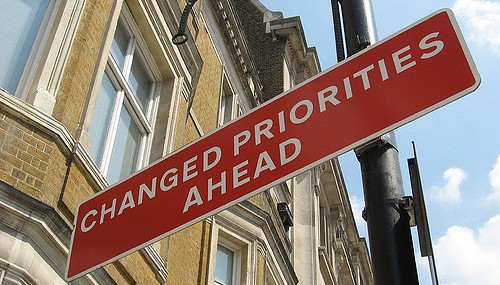
“Work-family balance” is a phrase that many of us are all too familiar with, and competition between workplace and family demands are a “given” for many people, but particularly for parents. Flexibility is key—and it’s a luxury that many workers don’t have when office culture and workplace norms prioritize “work” over “family” in self-presentation and conduct.
Research by U of MN sociologist Phyllis Moen and MIT sociologist Erin Kelly, whose work with five coauthors was published in the most recent issue of the American Sociological Review, shows how consciously changing such workplace culture is a win for families and offices, as explored in a New York Times article by Claire Cain Miller.
Miller describes how the team’s innovative experiment simulated a new type of workplace culture for those in the experimental group, while it was business as usual for the control group:
Workers in the experimental group were told they could work wherever, and whenever, they chose so long as projects were completed on time and goals were met; the new emphasis would be on results rather than on the number of hours spent in the office. Managers were trained to be supportive of their employees’ personal issues and were formally encouraged to open up about their own priorities outside work—an ill parent, or a child wanting her mom to watch her soccer games. Managers were given iPods that buzzed twice a day to remind them to think about the various ways they could support their employees as they managed their jobs and home lives.
In the study, both the experimental employees and their children were sleeping better than those in the control group. Employers might also be interested to know that retention rates and desire-to-stay were higher in the experimental group.
Though having management and bosses openly discuss and respect the struggles of work-family balance goes against the grain of office norms, this research shows that these boundaries aren’t doing anyone favors. Shifting toward a conceptualization of this dynamic with vocabularies like “work family fit”—which doesn’t treat work and family as competitors in a zero-sum-game—could help workers and companies alike.

